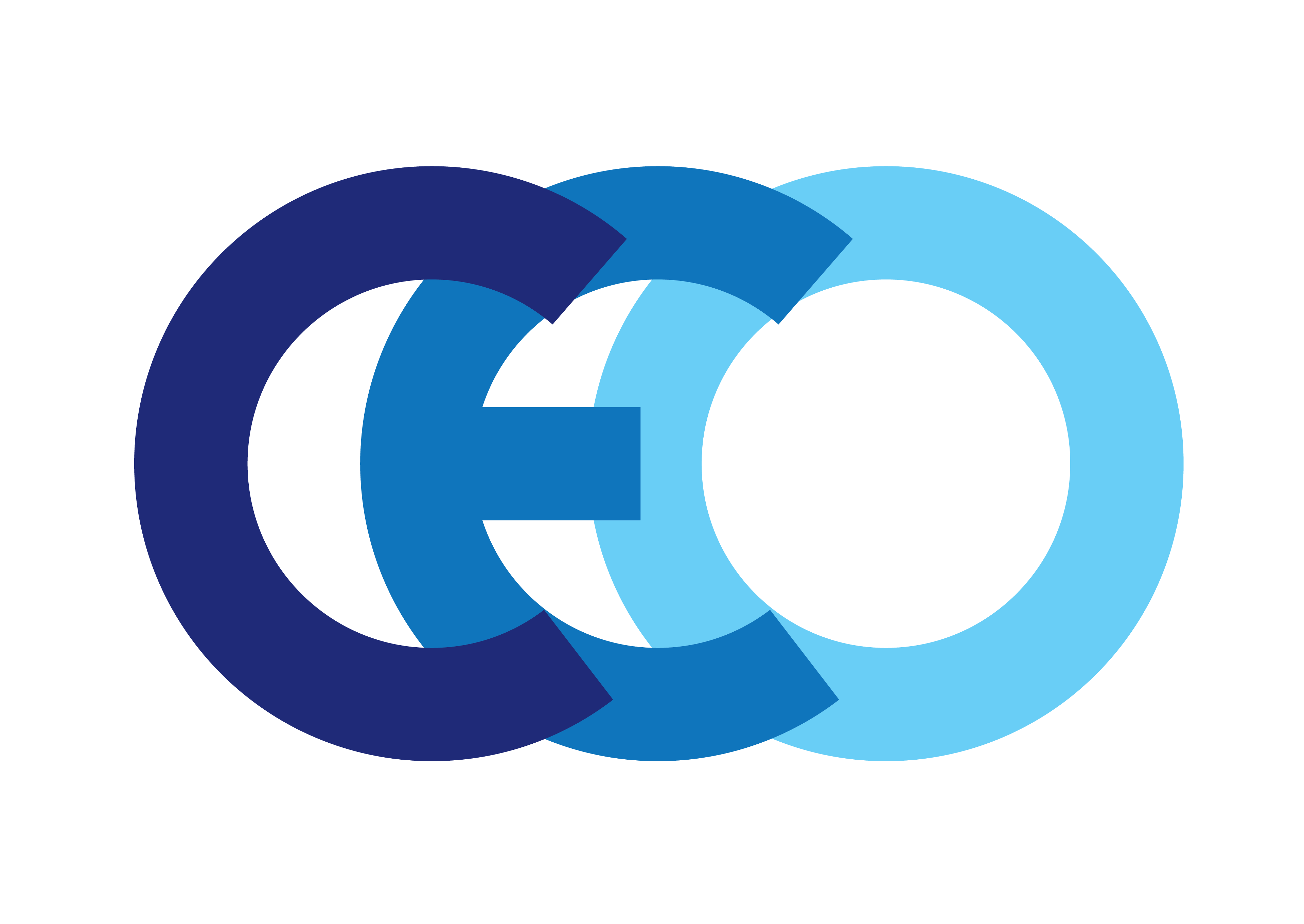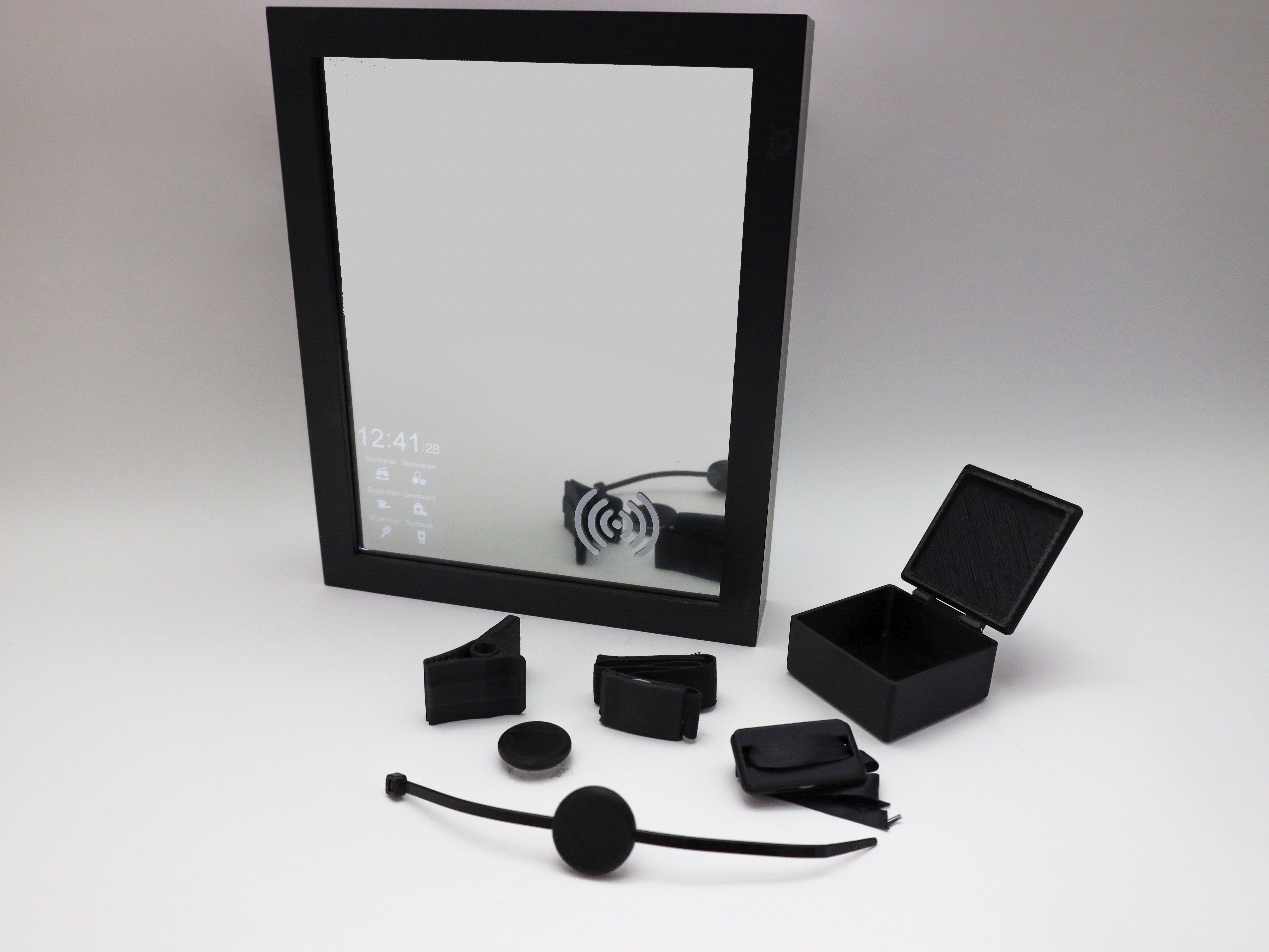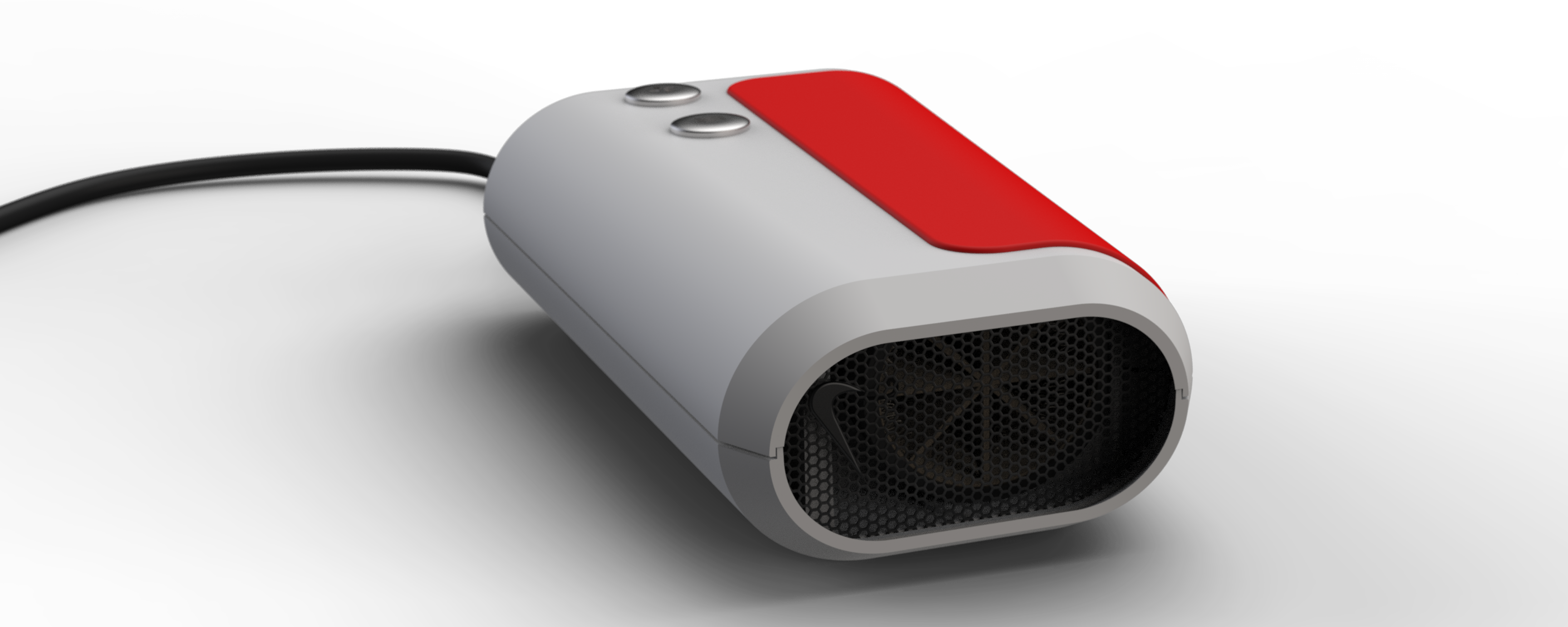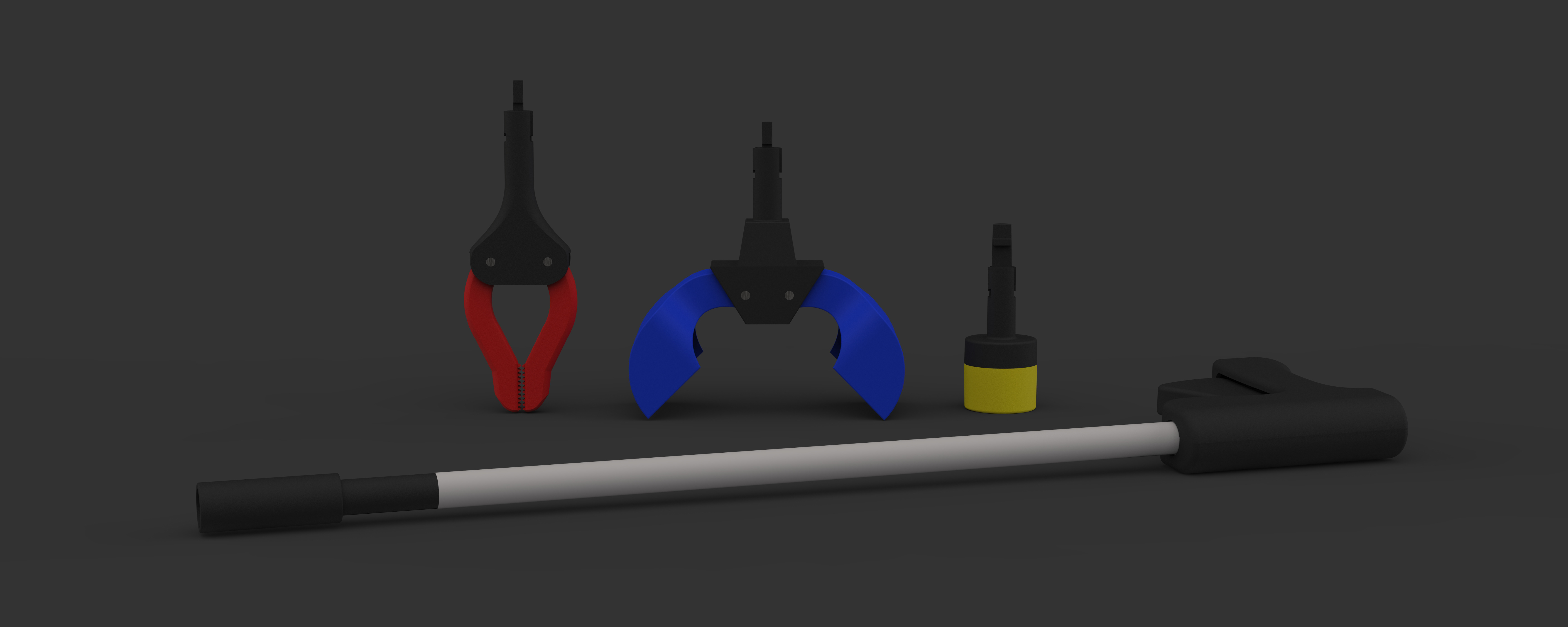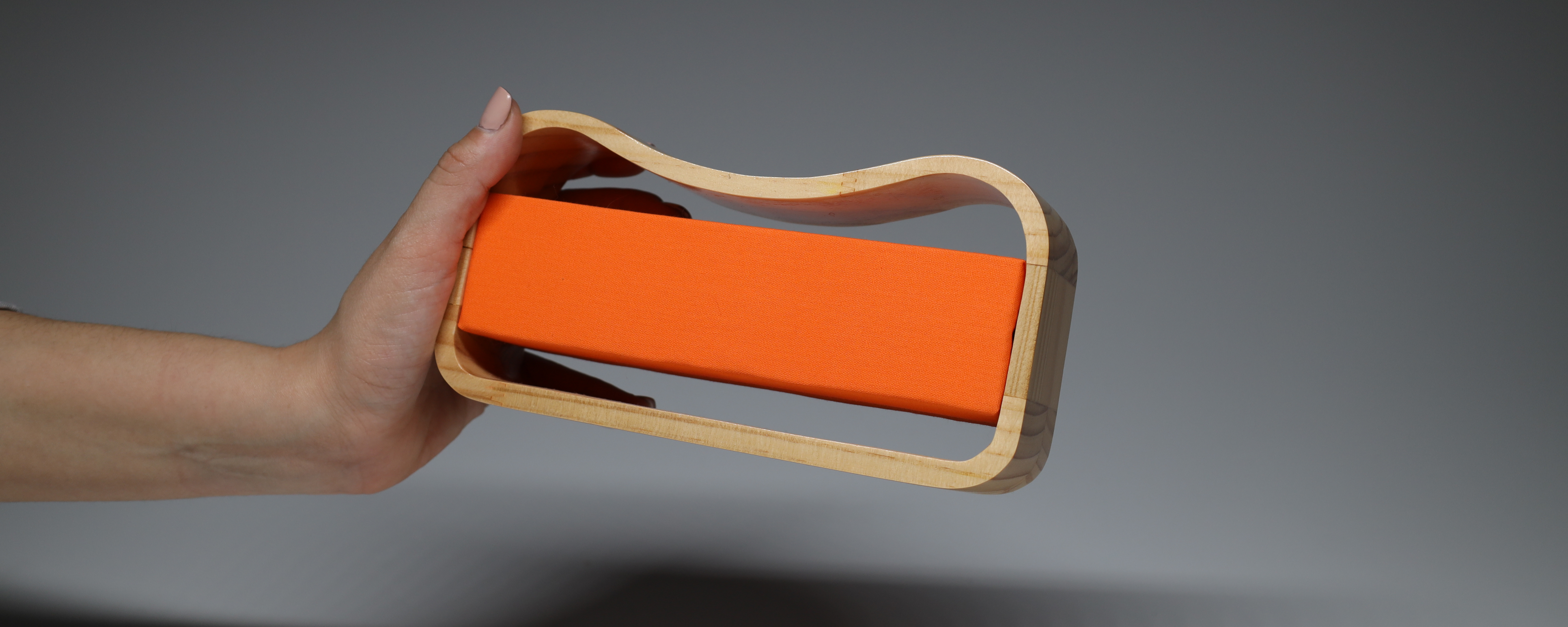Statement of Design Intent
To develop an adrenaline auto-injector that is smaller and can be used multiple times and not compromising safety. This will enable a cheaper product overall, increase accessibility and reduce the number of people with anaphylaxis who do not carry auto-injectors regularly.
The EpiPen and other alternatives are expensive, costing up to USD$334 (AUD$506), inconvenient to carry, have a short shelf life of 18 months and there is an international shortage of EpiPens due to manufacturing issues.
It is predictable that people with anaphylaxis are going without, risking poor health outcomes. The EpiPen also is coupled with poor affordances leading to it easily being used incorrectly in emergencies.
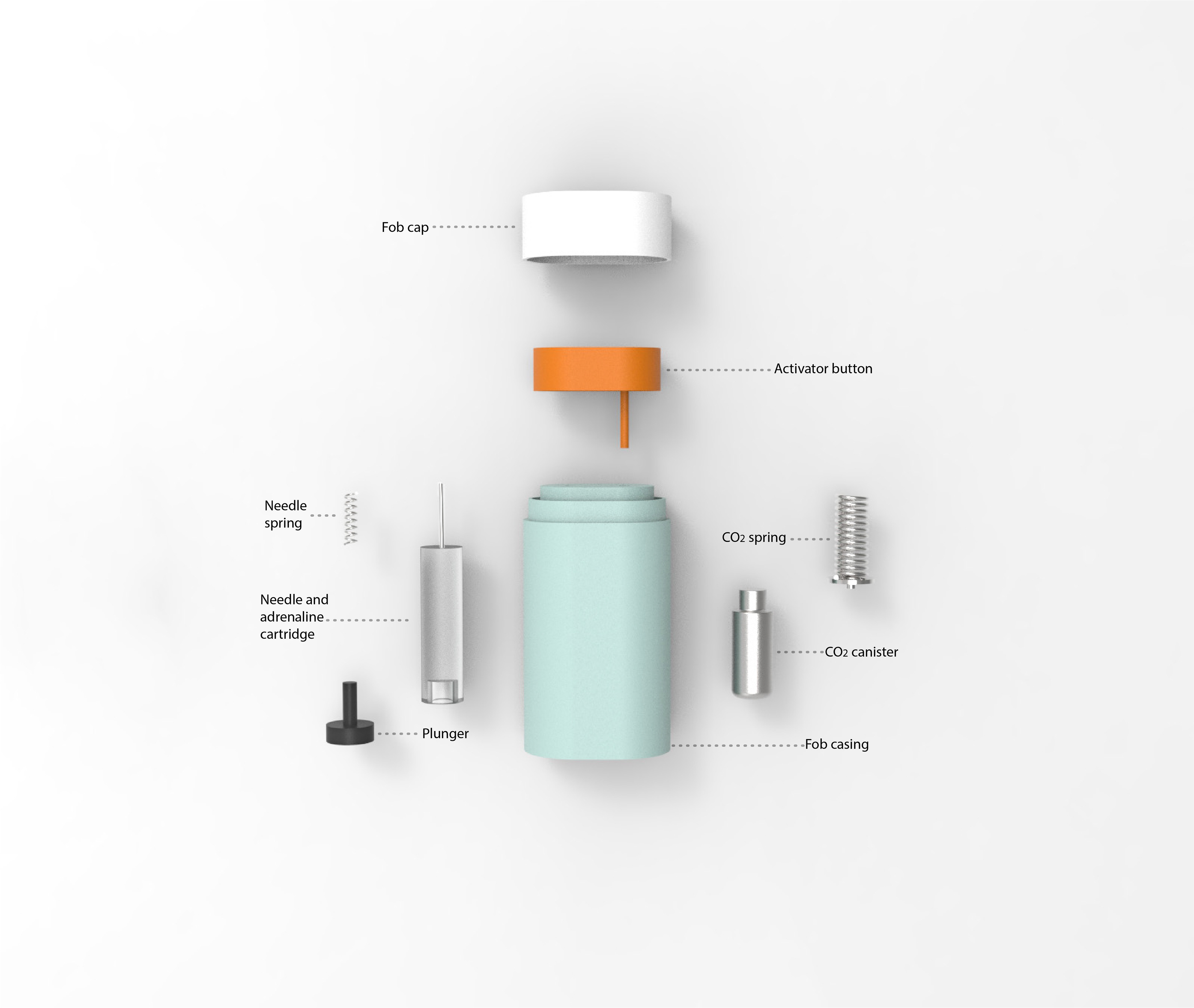
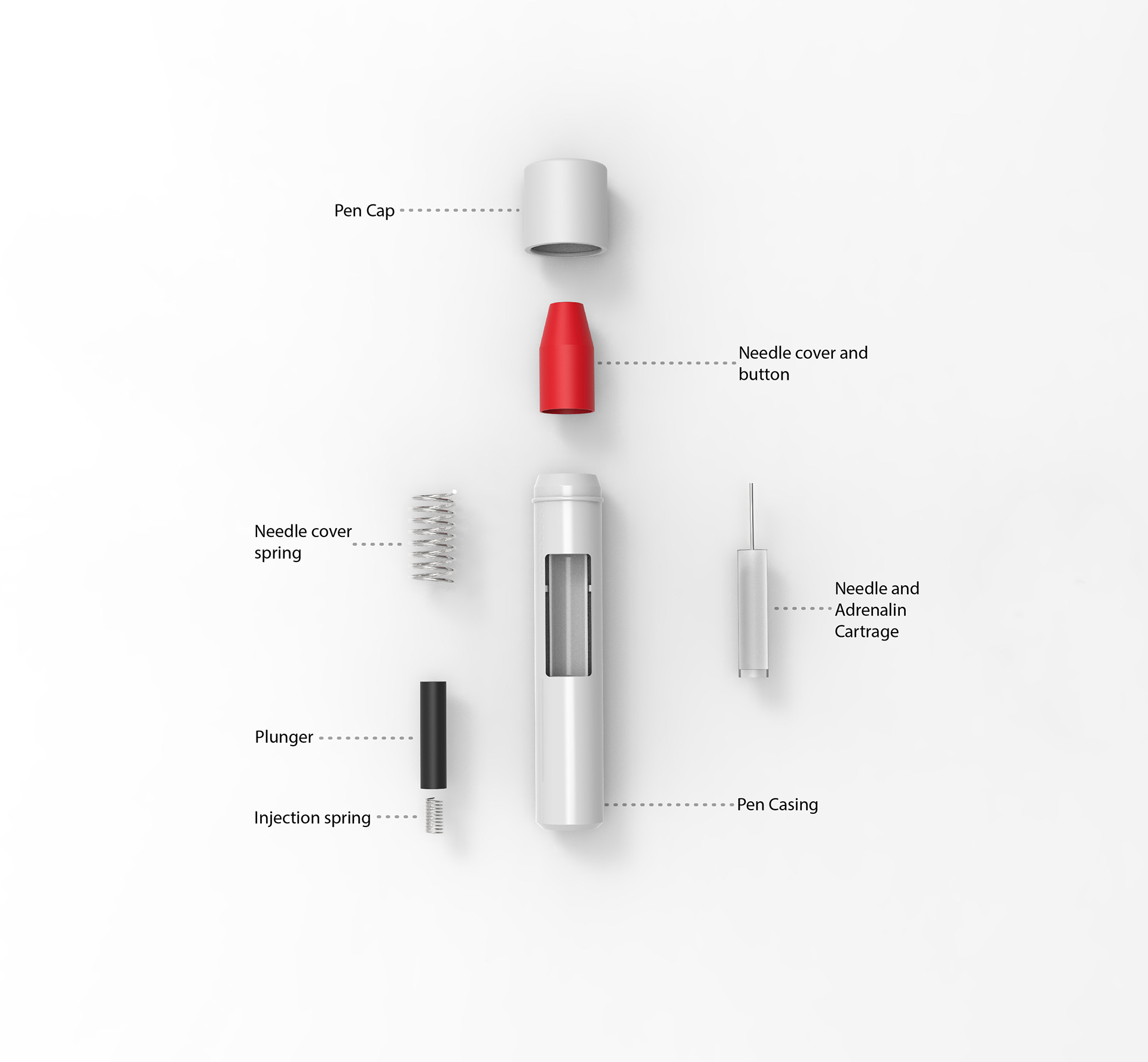
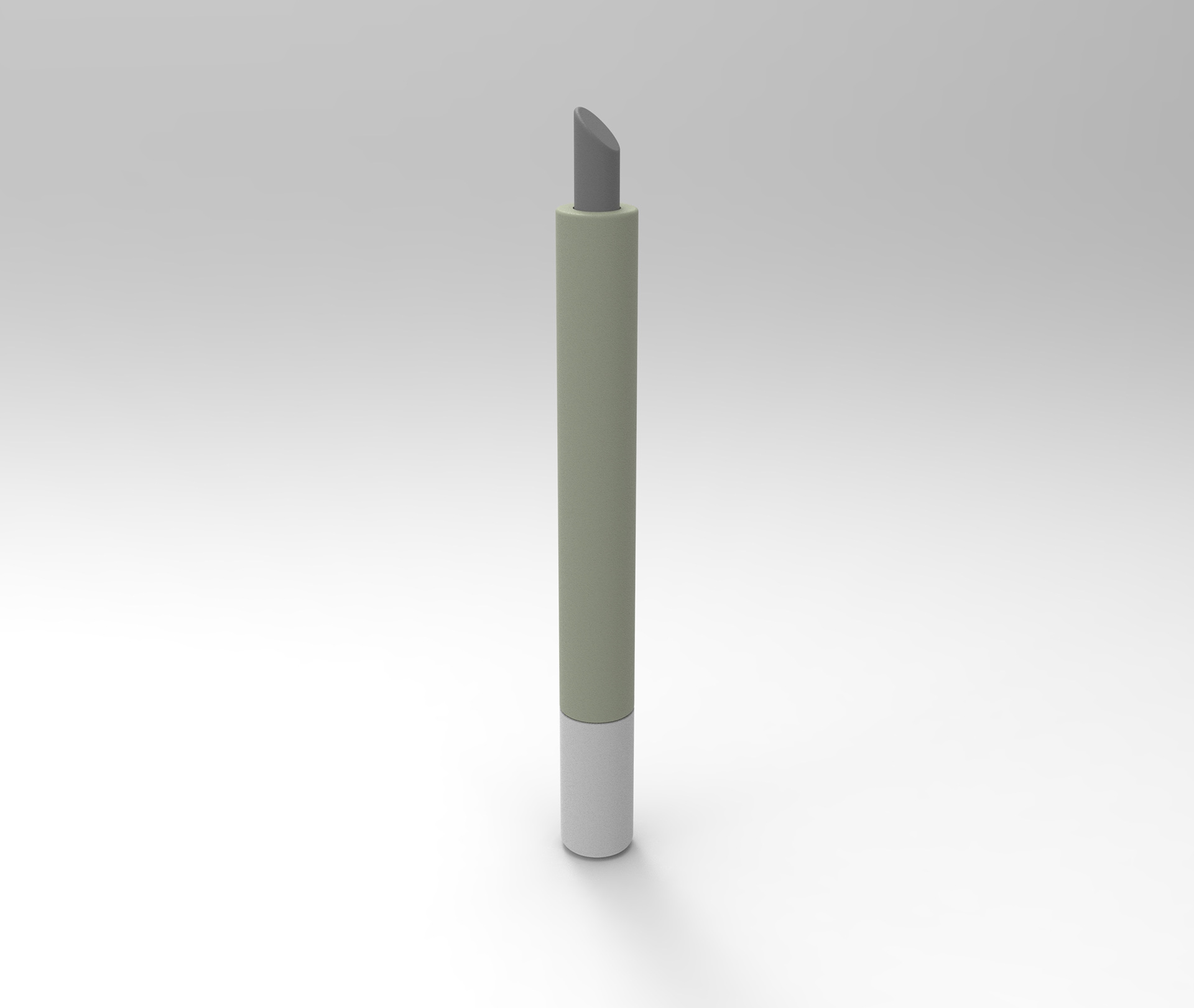
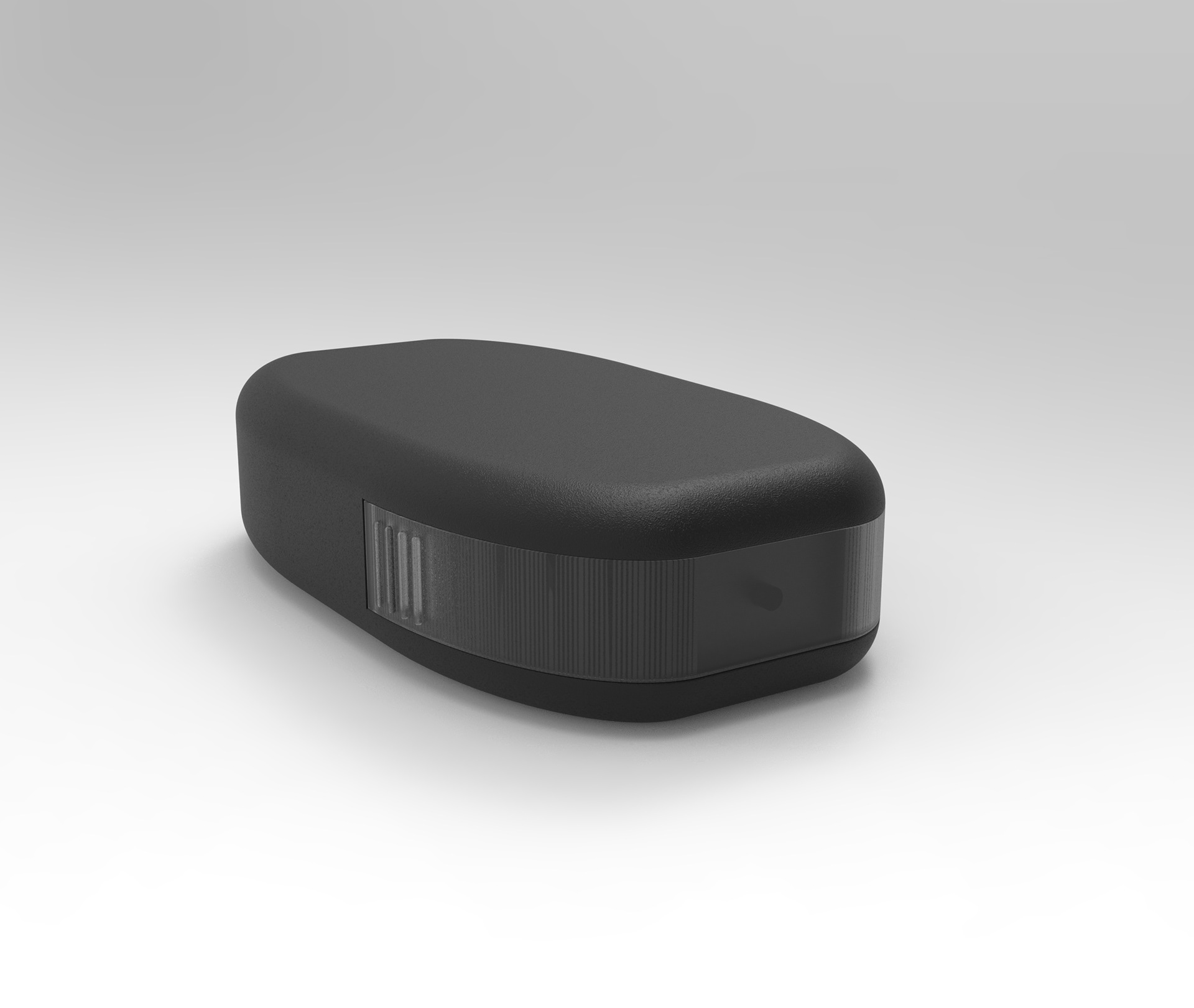
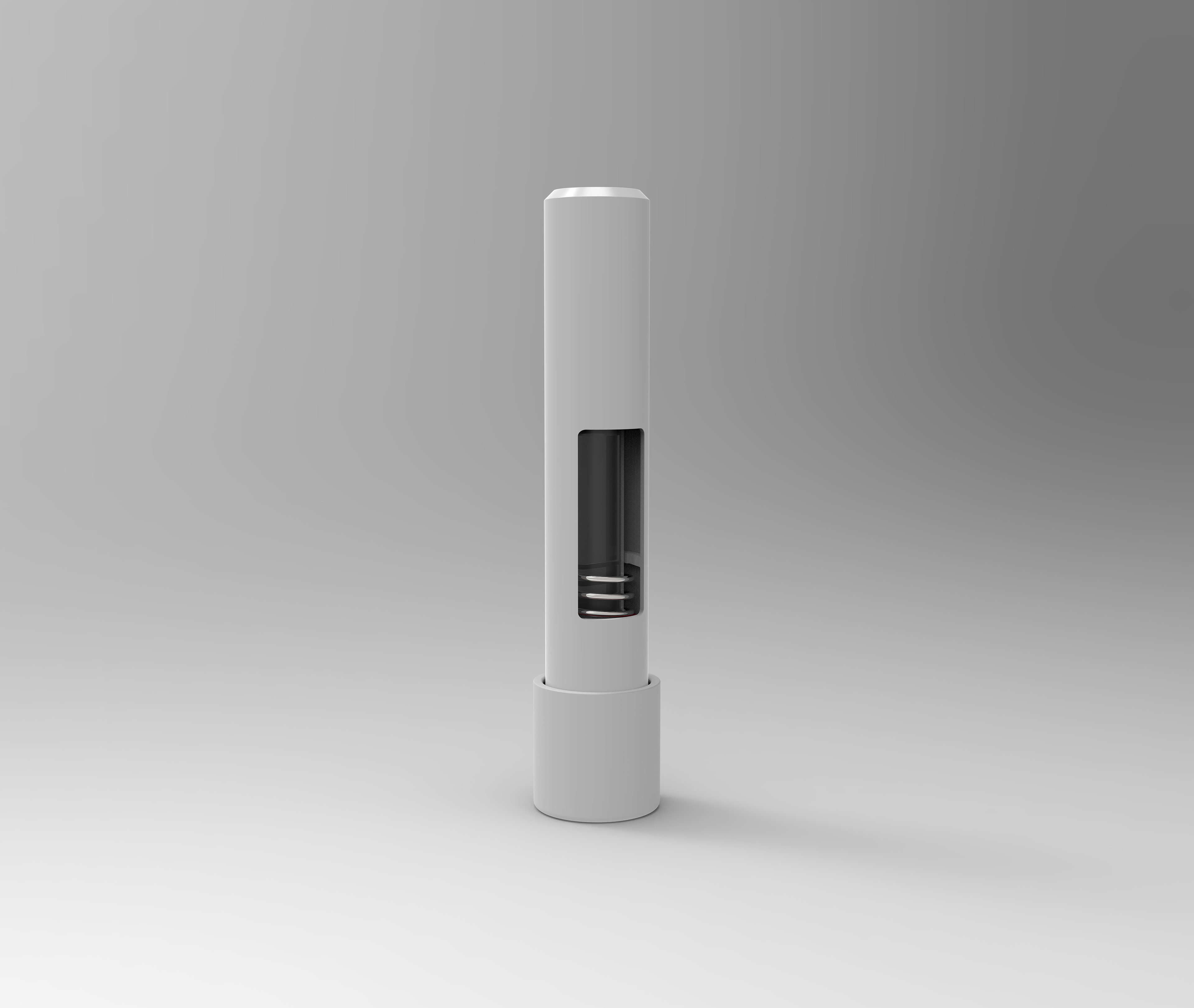
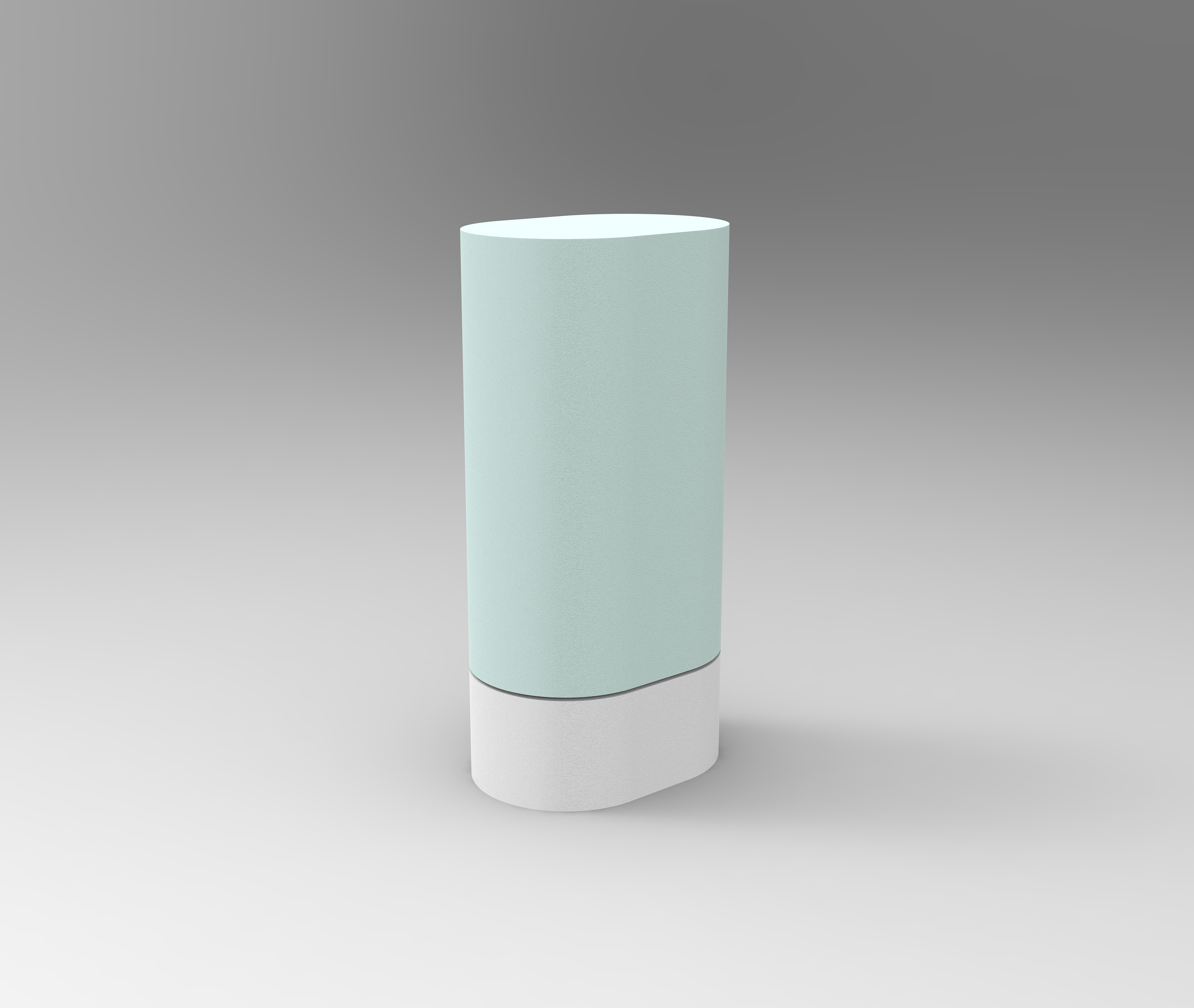
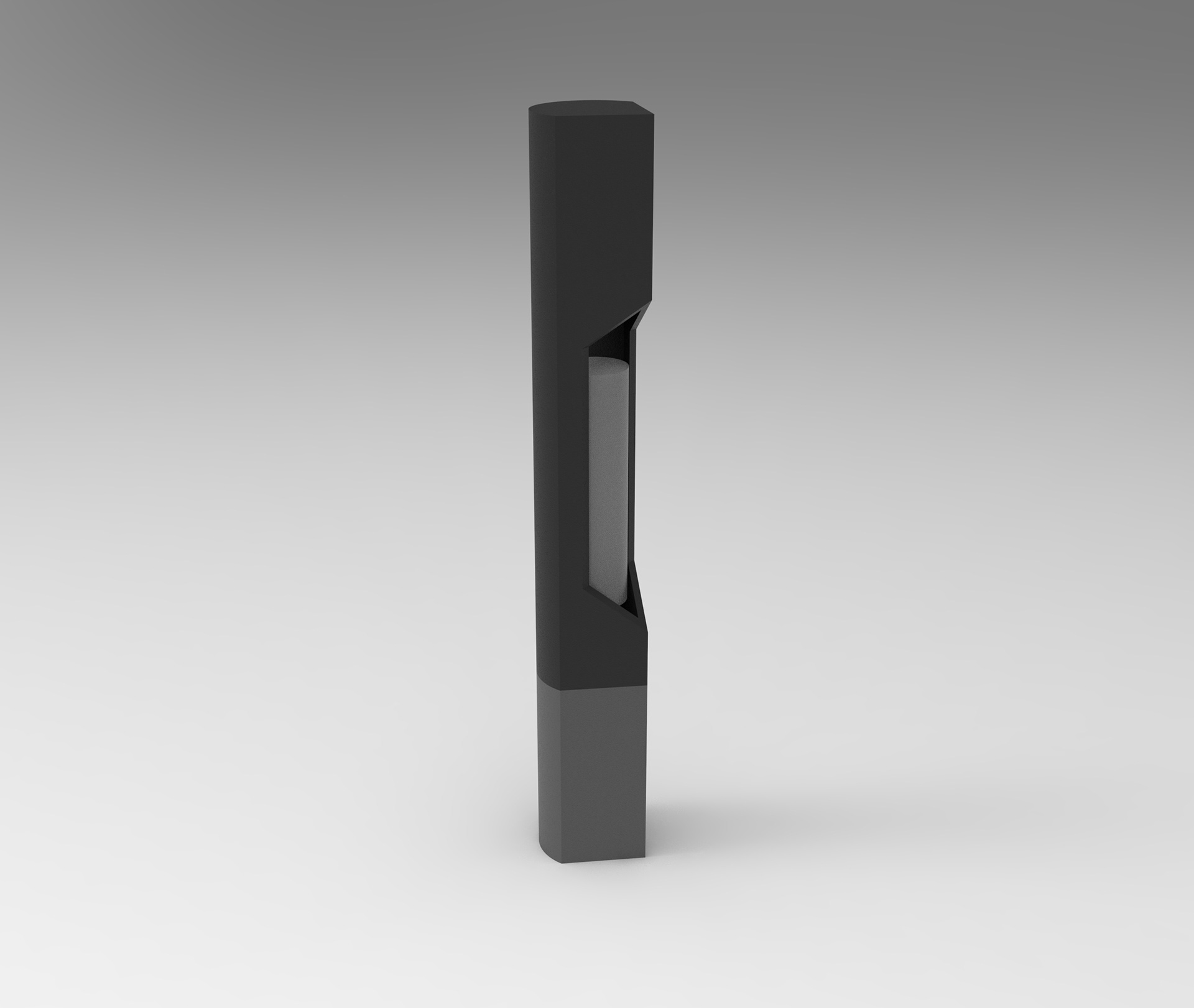
The focal point of this project was to create a device that is reusable, better value and more portable. The process included comparing the failures and successes of the current designs in the market. With these points in mind, an adrenaline auto-injector that can be used multiple times whilst improving practicality and not compromising safety was the goal. The Auvi-Q adrenaline auto-injector was used as the base for designing the internals, as it uses a CO2 canister to activate. Making modularity and reuse easier to design for the product than being spring-loaded like the EpiPen.
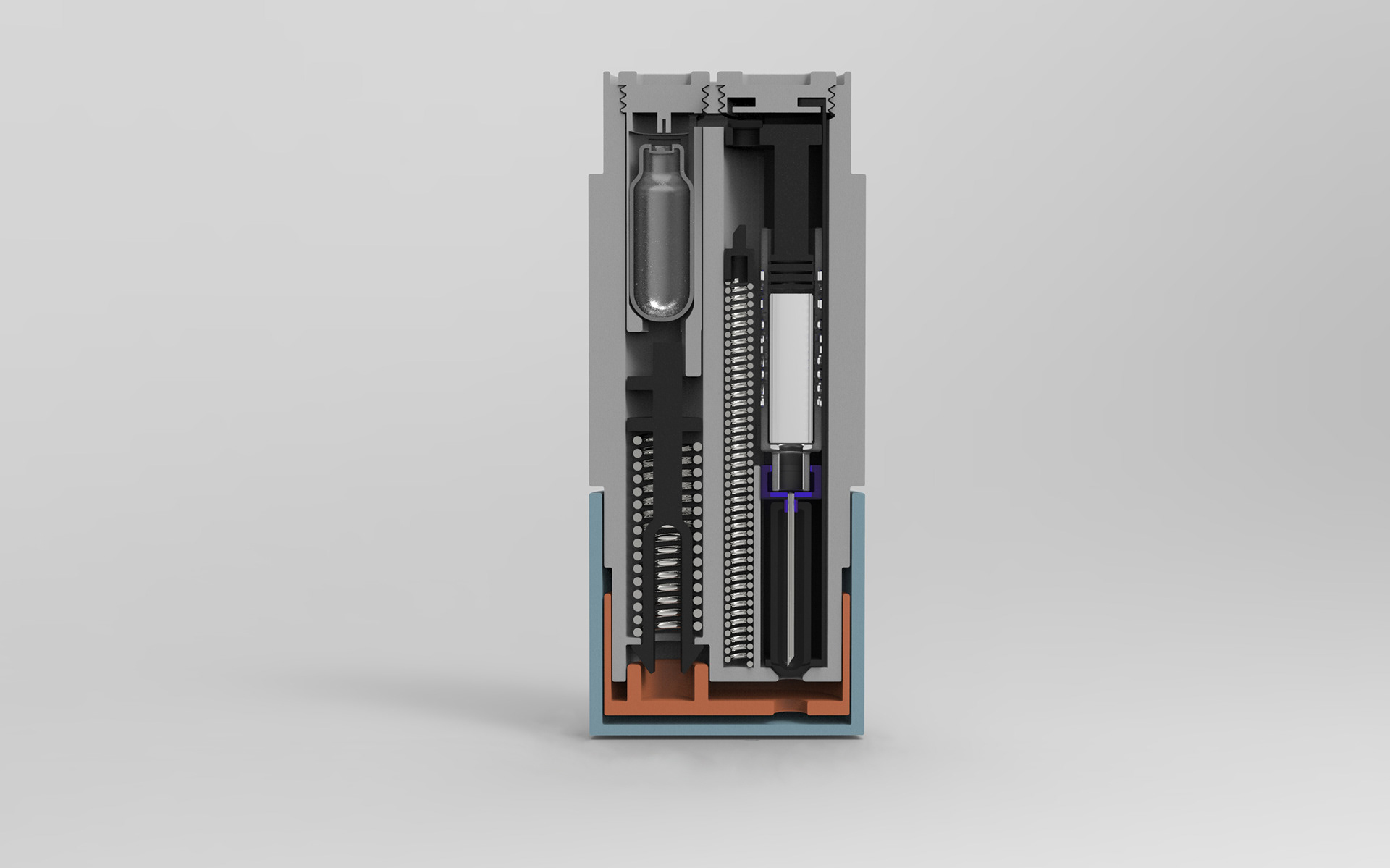
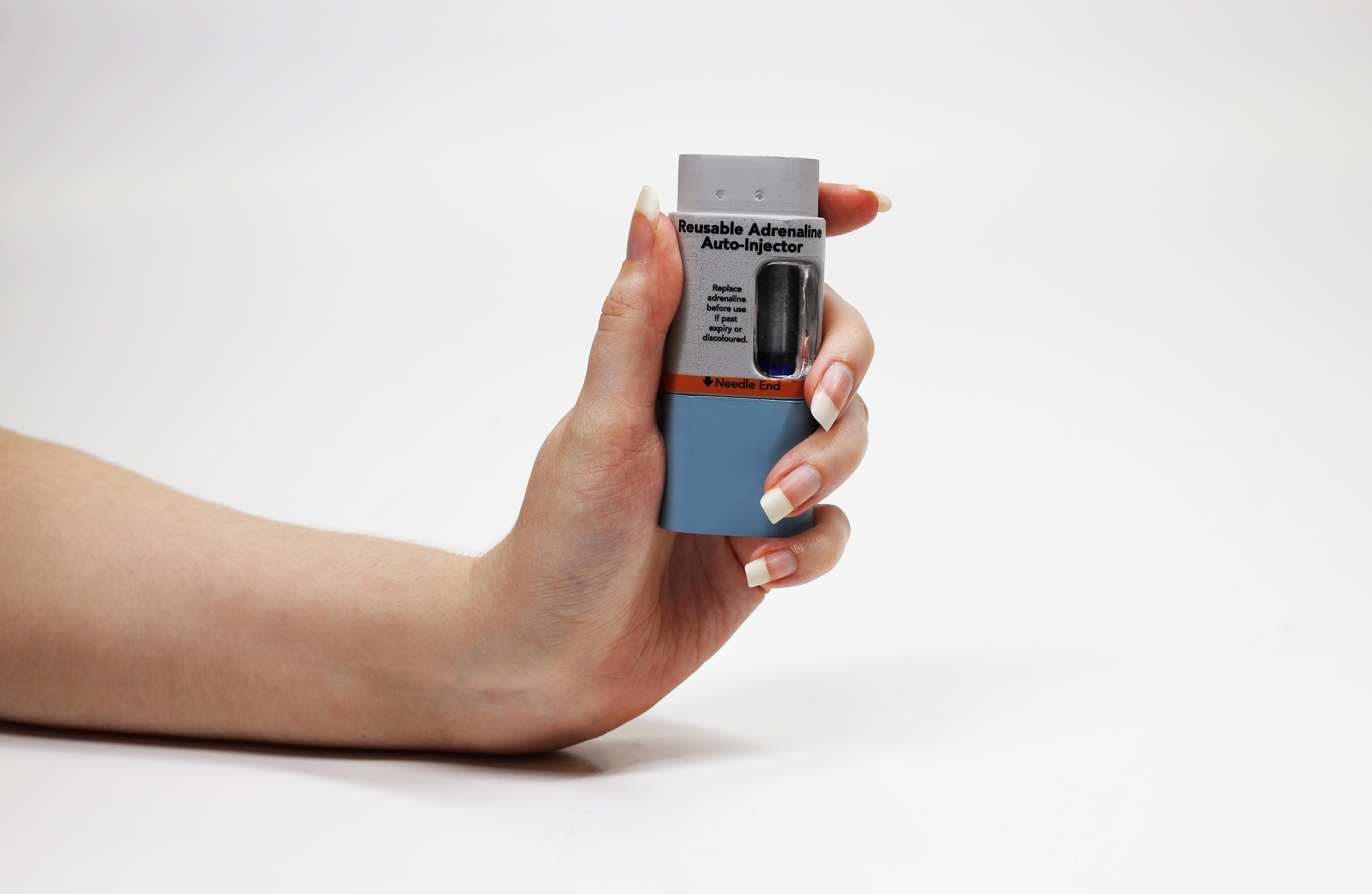
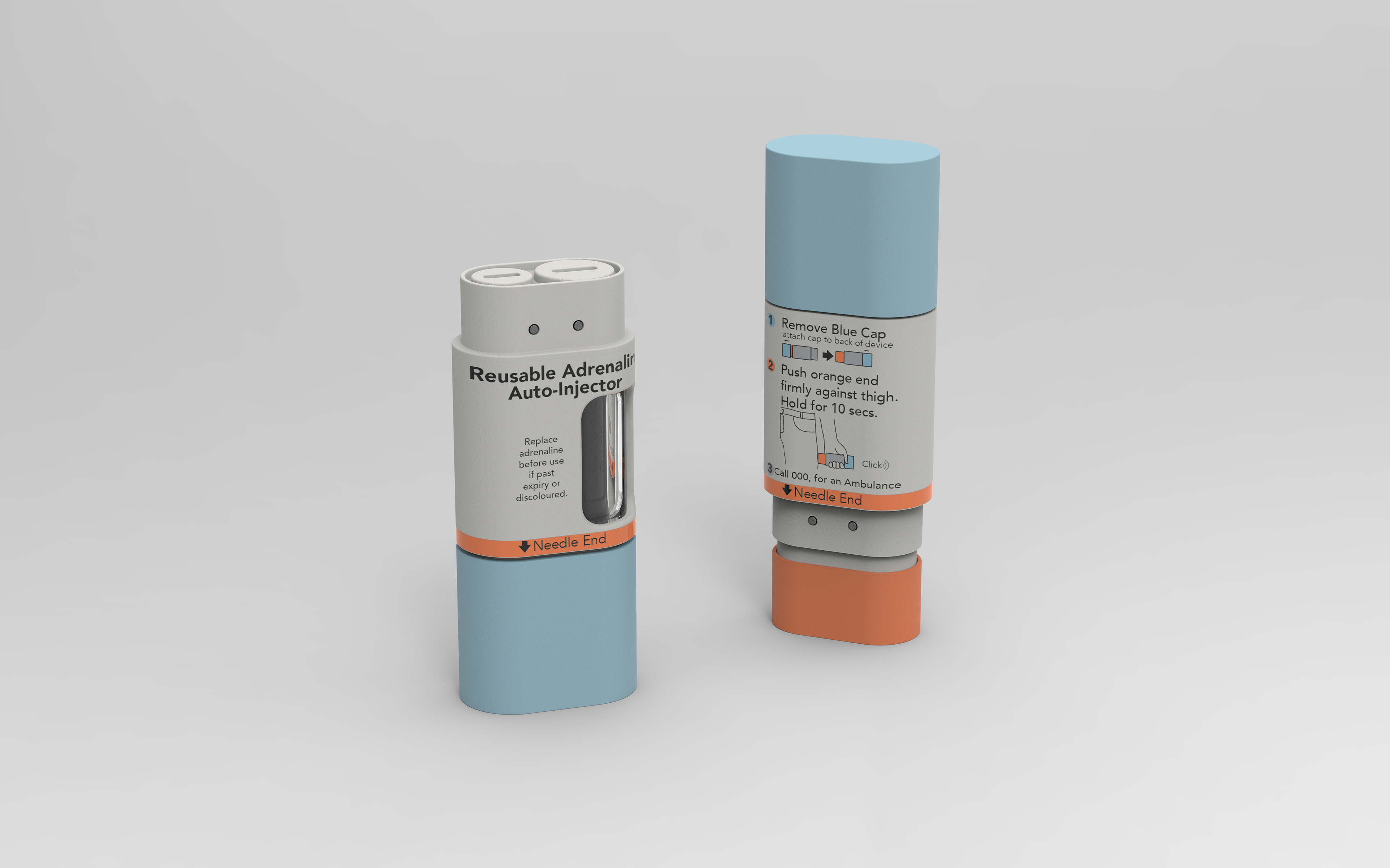
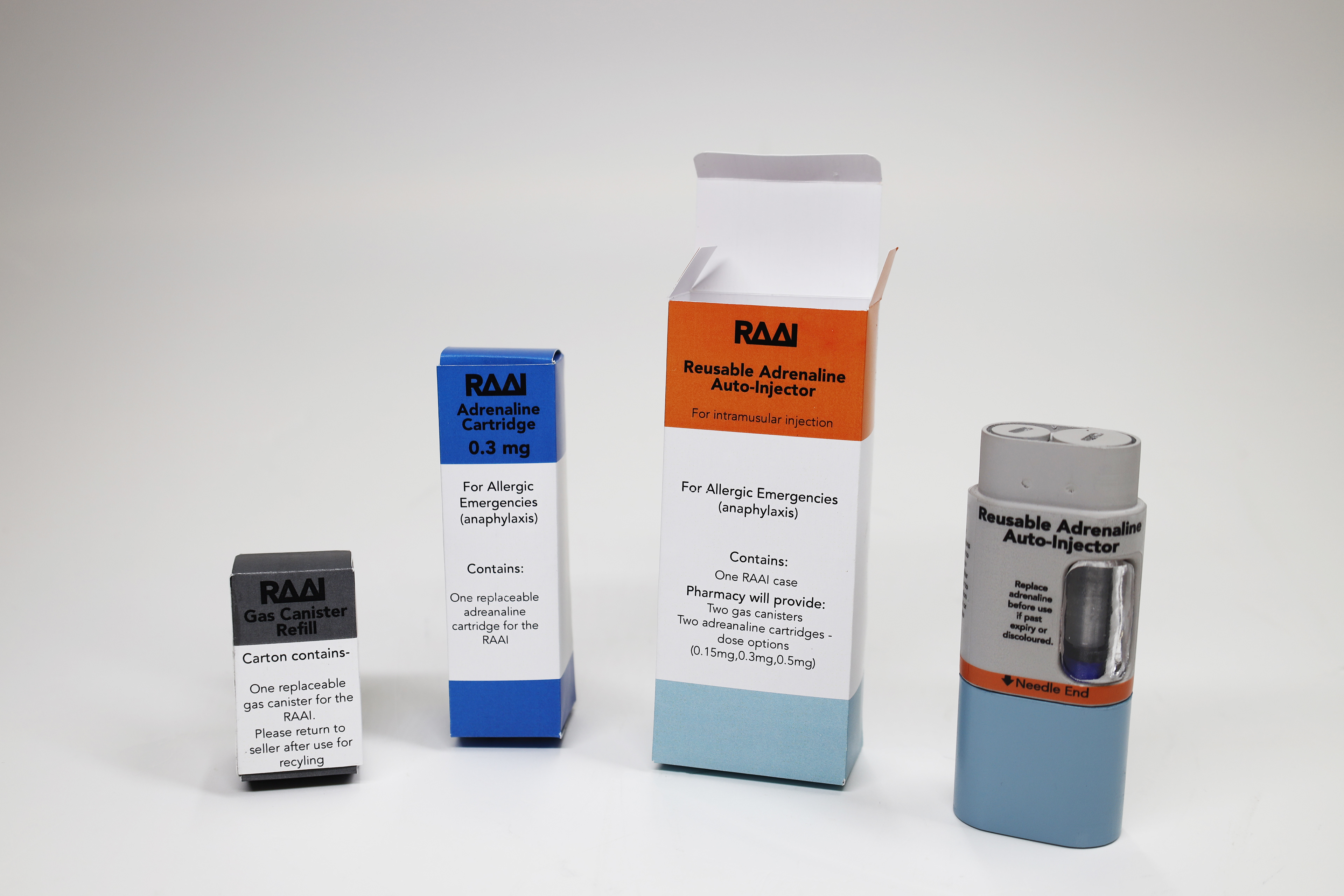
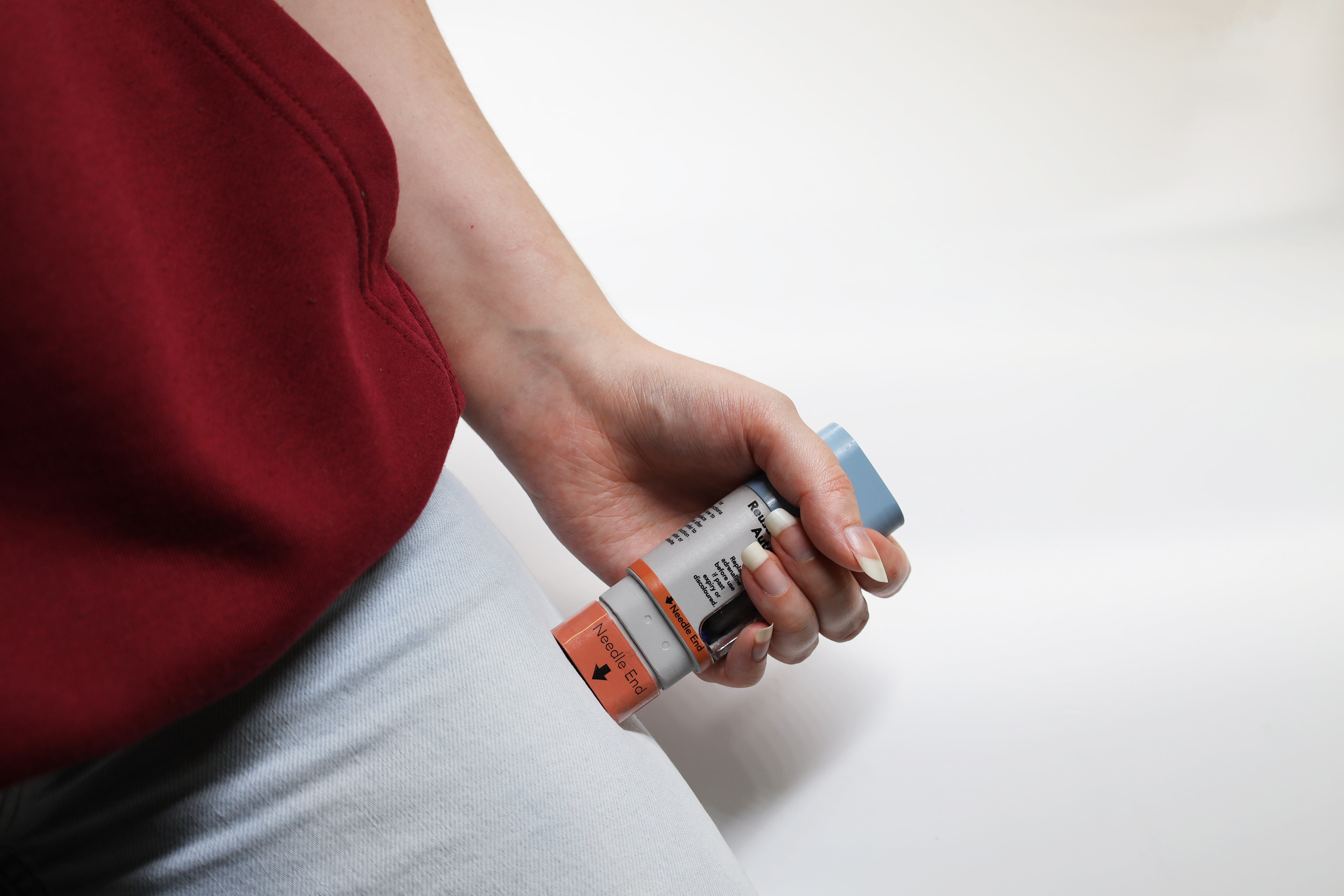
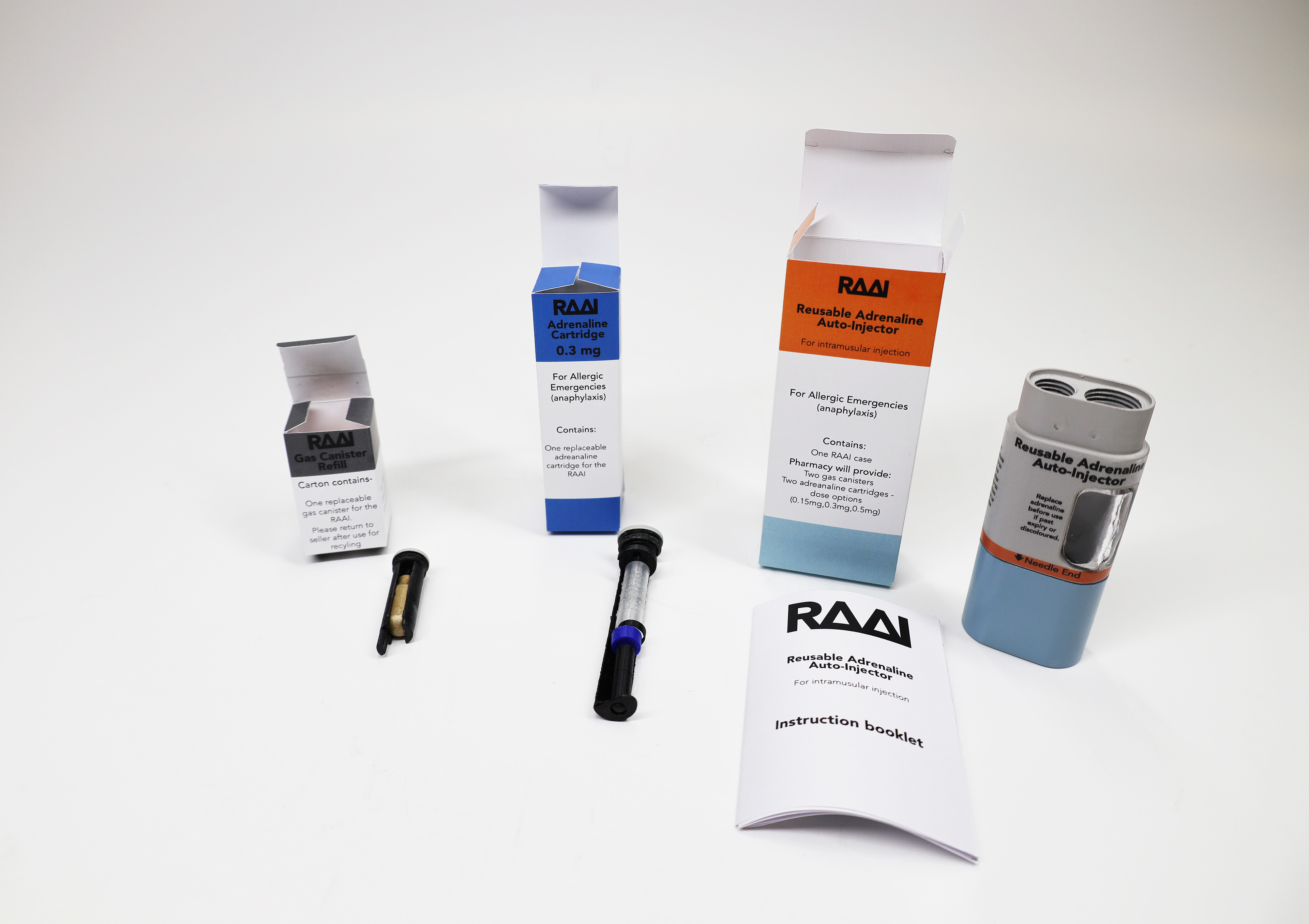
The improved design, the RAAI (Reusable Adrenaline Auto Injector) case is a one-time purchase. With refills for the adrenaline cartridge and a recycling process for the gas canisters to be refilled. This device reduces the long-term cost for users and the inconvenience of purchasing a whole new device and is more eco-friendly with less medical waste.
